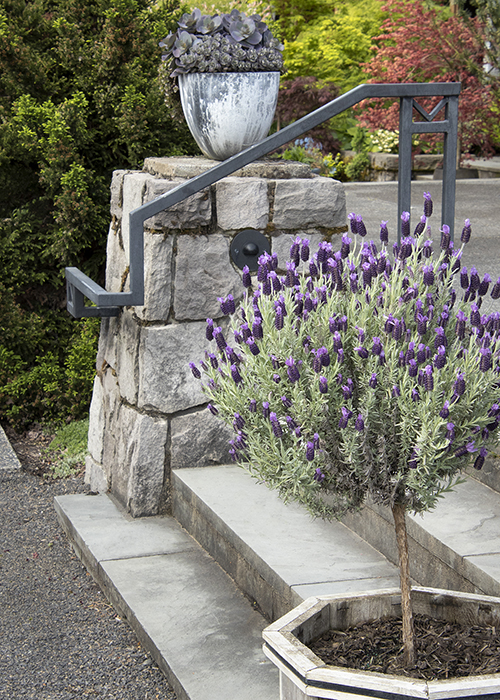Okay, so I’ve been getting into gardening lately, and I decided to try my hand at growing Spanish lavender. I’d seen it around, and it just looks so pretty and smells amazing! I figured, “How hard could it be?” Turns out, it’s not that hard, but there are definitely some things I learned along the way. Let me share my journey!
Getting Started: Choosing My Plant
First things first, I needed a plant. I went to my local nursery, and honestly, I was a little overwhelmed by all the lavender choices. I picked a Spanish lavender because of those cute little “bunny ear” petals on top – they’re actually called bracts, but whatever, they look like bunny ears!

I made sure to choose a plant that looked healthy. You know, no brown or yellow leaves, good green color, and it felt kinda sturdy when I gently touched it. I didn’t want to start with a sick plant!
Planting My Lavender
I read that Spanish lavender loves the sun, so I picked a spot in my yard that gets blasted with sunlight for most of the day. The soil in that spot was kinda hard and clay-like, so I dug a big hole and mixed in some compost and some small rocks to help with drainage. Lavender hates having wet feet!
I gently took the lavender out of its little pot, loosened the roots a bit (they were all tangled up at the bottom), and placed it in the hole. I filled the hole back in with the soil mix, making sure the top of the root ball was level with the ground. Then, I gave it a good watering.
Caring for My Lavender: The Routine
- Watering: This was tricky at first. I didn’t want to overwater it, but I didn’t want it to dry out either! I found that sticking my finger in the soil was the best way to tell. If it felt dry about an inch down, I watered it. If it was still damp, I left it alone. Less is generally more with lavender, once it’s established in the garden, it doesn’t need too much additional water.
- Sunlight: Like I said, tons of sun! At least 6-8 hours a day. My lavender seemed to love it.
- Pruning: Okay, this part scared me a little. I didn’t want to accidentally kill my plant! But I learned that pruning actually helps it grow bushier and produce more flowers. So, after the first flush of flowers faded, I snipped off the dead flower stalks and trimmed the plant back by about a third. It looked a little sad for a bit, but it bounced back quickly.
- Fertilizing: I didn’t do a whole lot of this. I mixed some compost into the soil when I planted it, and that seemed to be enough. Maybe next year I’ll give it a little boost with some low-nitrogen fertilizer, but for now, it’s doing great.
The Results!
My Spanish lavender is thriving! It’s grown bigger, it’s full of those adorable bunny-ear flowers, and the smell is just heavenly. I even dried some of the flowers to make little sachets for my drawers. It’s been such a rewarding experience, and I’m definitely going to plant more next year!
If I did this right, I hope my experience will be a big help for you! Good luck!





















